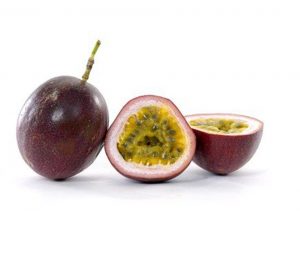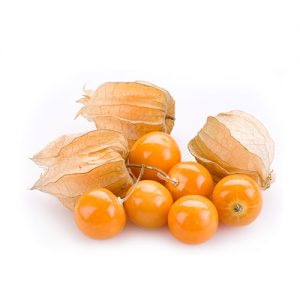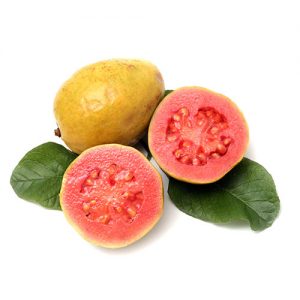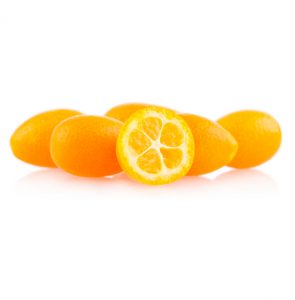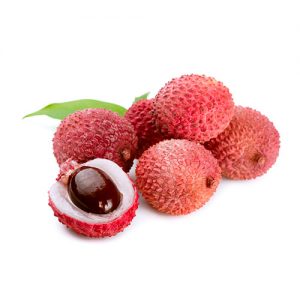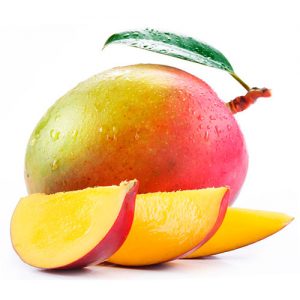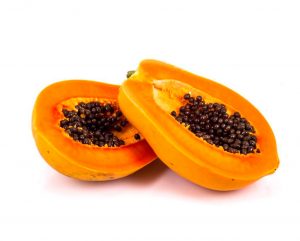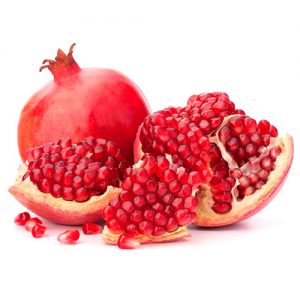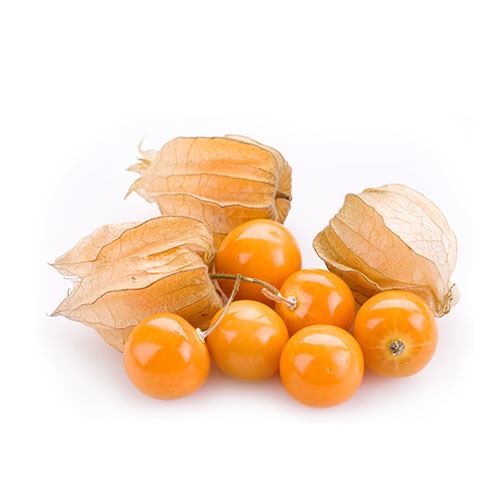About the Ground Cherry
The physalis or ground cherry is a round or oval-shaped fruit with orange skin (in some varieties it is red). It looks like a cherry tomato. It has a meaty texture and a very pleasant sweet&sour taste.
The most characteristic feature of the physalis is the wrapping membrane aimed to protect the fruit from plagues, insects or inclement weather. This membrane has also an ornamental value so it is used in cocktails, pies and in meat or fish dishes. This fruit has many varieties which may excel for their flavour or for their ornamental value.
The physalis peruviana, which is another way this fruit can be called, grows on shrubs with low branches, heart-shaped leaves and yellow flowers. It can reach a maximum height of 6 ft (2 m). The cultivation of physalis has now spread into all countries with mild, warm or subtropical climates.
How to preserve and consume ground cherries
This fruit is enclosed in a husk which needs to be removed to check whether the optimum point of ripening has been reached. To verify a good quality of the fruit, you need to be sure the berry inside is bright.
To preserve it, it is advisable to store it in the fridge at a minimum temperature of 4ºC. This fruit can be consumed out of hand raw, alone or thrown into salads, giving them an acidic kick. It is also frequently used as a decorative element in cakes, pies and cocktails.
Nutritional properties of the ground cherries
| GROUND CHERRIES NUTRITION FACTS – 100 G | |
|---|---|
| CALORIES | 53 |
| TOTAL FAT | 0.7 g – 1% |
| SATURATED FAT | – |
| CHOLESTEROL | 0 mg – 0% |
| SODIUM | – |
| TOTAL CARBOHYDRATE | 11.2 g – 4% |
| DIETARY FIBER | – |
| SUGARS | – |
| PROTEIN | 1.9 g |
| VITAMIN A | 14% |
| VITAMIN C | 18% |
| CALCIUM | 1% |
| IRON | 6% |
Percent Daily Values are based on a 2000 calorie diet. Your daily values may be higher or lower depending on your calorie needs.
Health benefits of the ground cherry
- Due to the high content in vitamins C and A together with its properties for increasing urine output, the physalis is a recommended fruit for the urinary system. It is therefore beneficial for some genitourinary conditions. It also has citric acid, acting as antibacterial agent. It is recommended for people with renal problems, cystitis and other urinary tract inflammations.
- The physalis is regarded as a diuretic fruit and it is also very convenient for people that suffer water retention or cellulitis. It is very suitable for people with diseases like hyperuricemia, gout or high blood pressure.
- Physalis contain mucilage, so they have a laxative effect and stimulate your digestive system, which is beneficial for constipated people.
- Physalis are a source of anti-oxidants, vitamin C and carotenoids and other substances that allow you to reduce the risk of cardiovascular diseases and degenerative disorders.
- It is good for your liver: physalis contain 3 hepatoprotective components (vitamin C, zeaxanthin and luteolin) that were used in the past to treat jaundice (liver disorders).
- They protect your vision. As they contain zeaxanthin and luteolin, they help protect your vision. They also prevent diseases leading to vision loss caused by macular degeneration, cataracts or night blindness.
Ground Cherry Varieties
There are more than one hundred varieties of physalis, but only some of them are edible. The most sold and consumed varieties are the following:
- Golden Berry: golden-coloured fruit of sweet flavour.
- Tiny yellow ground cherry: native to North America. It has yellow skin and a slight sweet&sour flavour.
- Tomatillo: native to Mexico, it can be distinguished by its large purple-coloured fruit and yellowish skin. It is mainly used in sauces and canned food, as the taste is almost bland when consumed fresh.
Curious facts about ground cherries
- In the Middle ages, it was used for curative purposes: a special wine was obtained from the cape gooseberry and it was used as a diuretic and laxative remedy.
- Many countries use physalis to prepare jams and jellies, as they are rich in pectin.
- This fruit is named after the ancient word ‘Phisan’, which means ‘bladder’. This was due to the strange casing the fruit was in, which serves as protection against predators.
- Physalis were cultivated by the Inca Empire on the hillsides of the Andes. Back then, this fruit was also called ‘capulí’, term from which derived another way of calling physalis, ‘capulin’.
- In 16th-century Europe, the physalis plant was used a lot and was very much valued to decorate houses.




